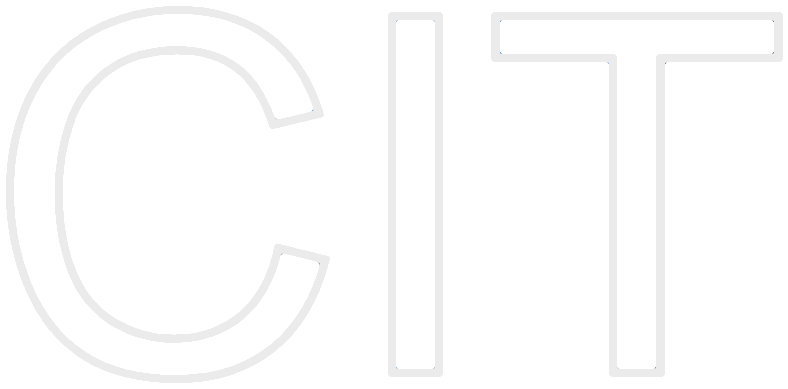Chapter 11: Testing
 |
|
Abstract
Testing is the process of finding differences between the expected behavior specified by system models and the observed behavior of the implemented system. Unit testing finds differences between a specification of an object and its realization as a component. Structural testing finds differences between the system design model and a subset of integrated subsystems. Functional testing finds differences between the use case model and the system. Finally, performance testing finds differences between nonfunctional requirements and actual system performance. When differences are found, developers identify the defect causing the observed failure and modify the system to correct it. In other cases, the system model is identified as the cause of the difference, and the system model is updated to reflect the system.
From a modeling point of view, testing is the attempt to show that the implementation of the system is inconsistent with the system models. The goal of testing is to design tests that exercise defects in the system and to reveal problems. This activity is contrary to all other activities we described in previous chapters: analysis, design, implementation, communication, and negotiation are constructive activities. Testing, however, is aimed at breaking the system. Consequently, testing is usually accomplished by developers that were not involved with the construction of the system.
In this chapter, we first emphasize the importance of testing. We provide a bird’s-eye view of the testing activities, we describe in more detail the concepts of fault, erroneous state, failure, and test, and then we describe the testing activities that result in the plan, design, and execution of tests. We introduce UML profiles as an extension mechanism to describe model-based testing. We conclude this chapter by discussing management issues related to testing.

